
Published: Last Updated:
Readtime: 7 min
Every product is carefully selected by our editors and experts. If you buy from a link, we may earn a commission. Learn more. For more information on how we test products, click here.
This year, Vacheron Constantin celebrates the extraordinary milestone of 270 years dedicated to crafting the finest timepieces the world has ever seen. Over that astonishing period, the Swiss maison has achieved a level of horological expertise that’s difficult to comprehend.
In an effort to wrap our minds around this momentous achievement, we thought we’d explore the brand’s past and present to illustrate why Vacheron Constantin holds such a special place in our hearts and those of so many watch lovers around the world.
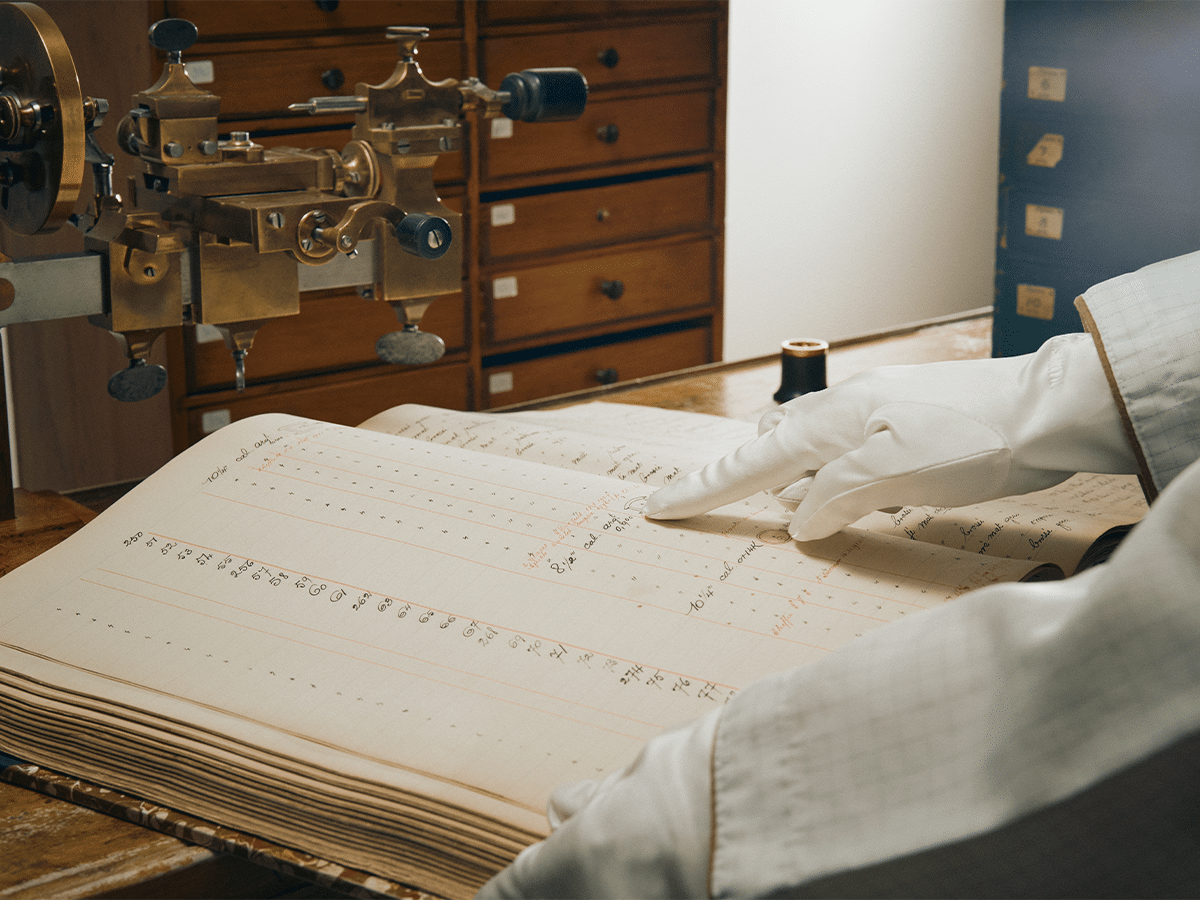
A Brief History of Heightened Horology
The Vacheron Constantin story starts with Genevan horologist Jean-Marc Vacheron, who was born in 1731 and, impressively, was a close friend of Enlightenment philosophers Jean-Jacques Rousseau and Voltaire. By 1755, having reached the ripe old age of 24, Vacheron decided to pass on his already masterful horological skill to an apprentice, essentially marking the establishment of a new watchmaking firm and giving birth to a legend.
From this moment, the story of Vacheron Constantin became the story of horology, as the maison would go on to become the oldest watchmaker in continuous operation from its founding.
A Timely Partnership
Fast forward to April 1819, and a vital collaboration would lay the groundwork for one of the most significant houses of horology for centuries to come. Here, Jean-Marc Vacheron’s grandson, Jacques Barthélémi Vacheron, partnered with an esteemed businessman named François Constantin, and the Vacheron et Constantin moniker was born.
A few months later, Constantin wrote to his new business partner from Turin in northern Italy, and within the letter were the words, “Do better if possible and that is always possible.” This powerful statement would go on to become the maison’s motto, which helps to explain the towering heights to which Vacheron Constantin would rise.
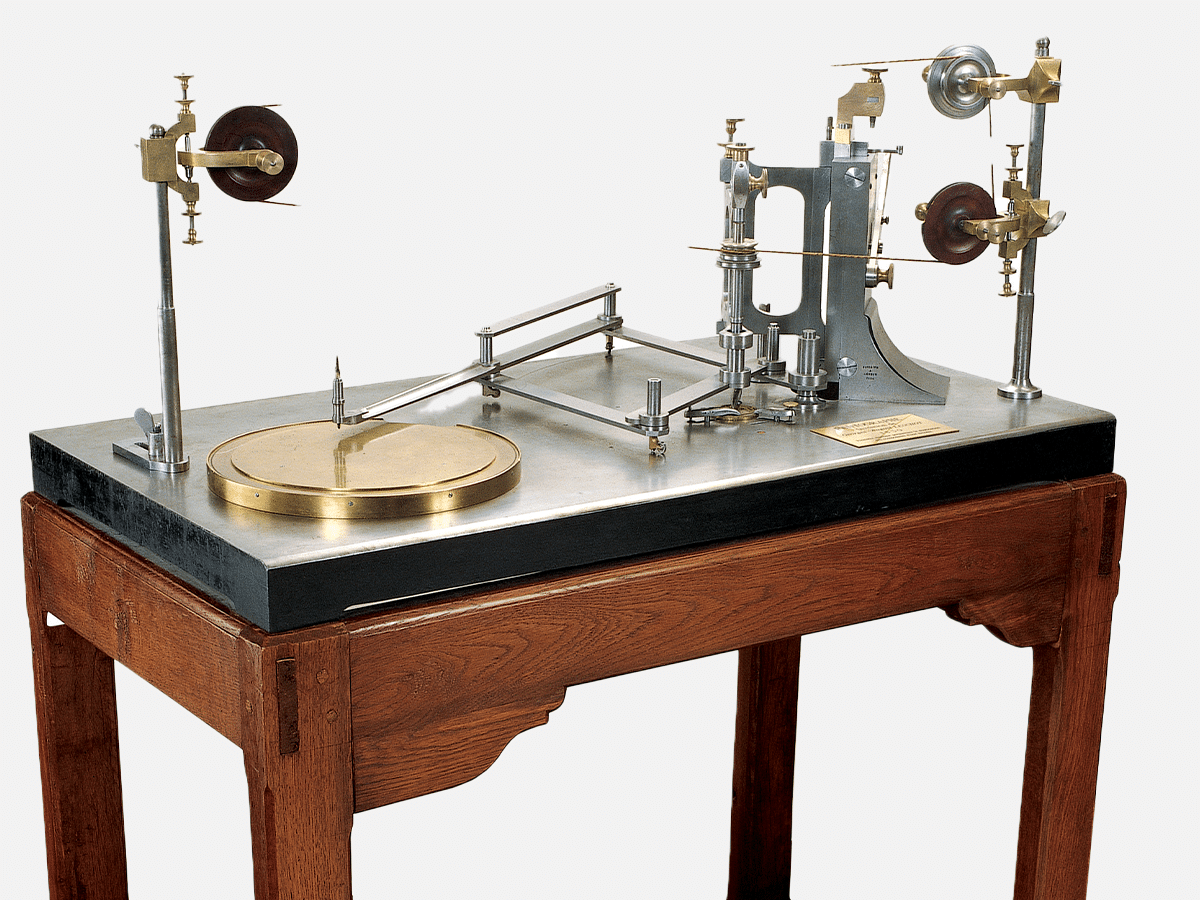
An Engineering Breakthrough
By 1839, horological engineering master Georges Auguste Leschot had entered the fray, and he adapted the pantograph—an instrument used to produce identical movements repeatedly—to watchmaking. This enabled the manufacture and scaling of movement parts and components to be standardised.
It’s not difficult to imagine what a breakthrough this would have been in the world of watchmaking, and in 1844, Leschot was awarded the prestigious Prix de la Rive by the Arts Society for “the discovery of the most value to the Genevese industry.”
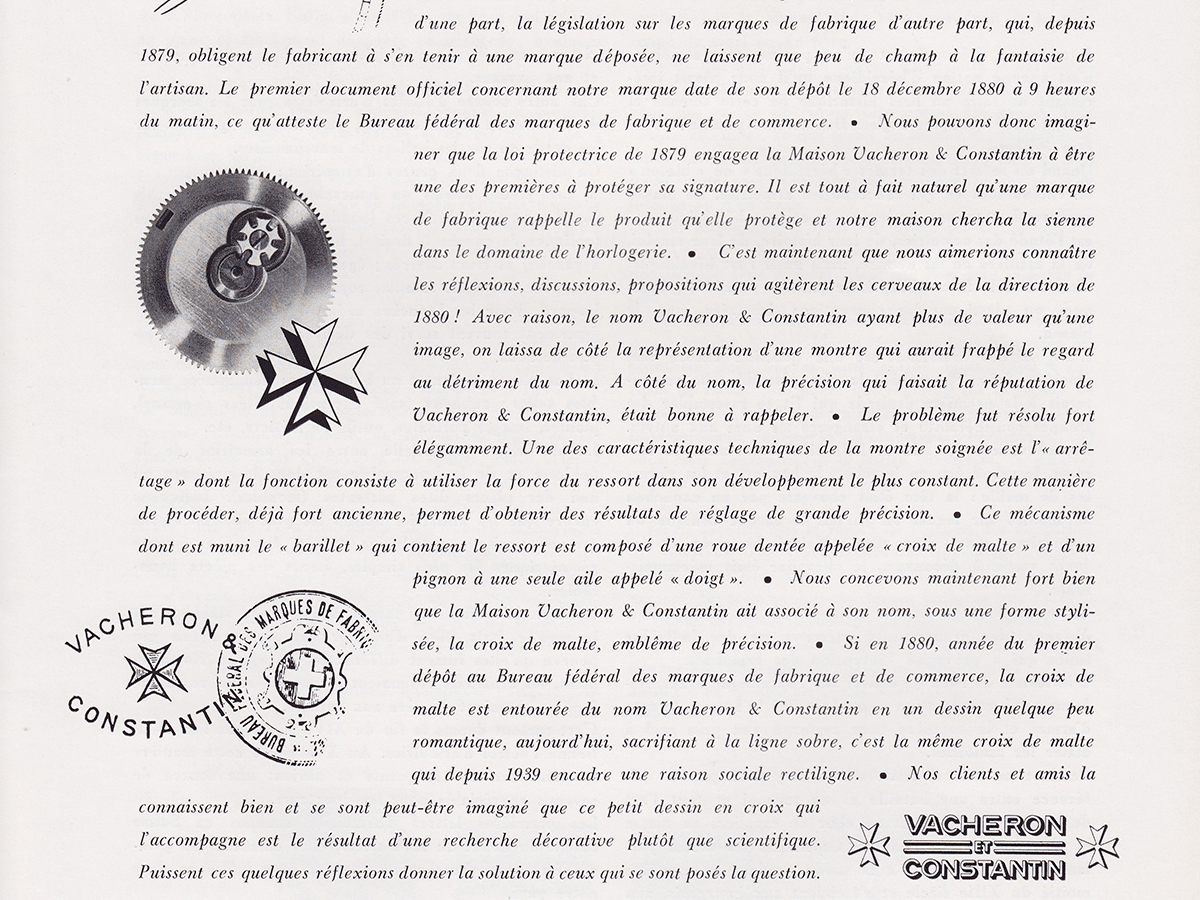
A Symbol of the Highest Quality
Several decades later, 1880 would prove an enormous landmark in branding for the maison with the introduction of the Maltese Cross, a symbol that has since become synonymous with craftsmanship of the very highest order.
Inspired by the design of a movement component mounted on a barrel cover, thereby ensuring the most constant possible unspooling of the spring for more accurate timekeeping, it is a fitting symbol for a watchmaker whose entire existence revolves around an unrelenting pursuit of the better.

A Place in Time
By the early 20th century, Vacheron Constantin’s profile and prestige had only headed in one direction: straight up. At this time, the maison received orders from the most esteemed figures, including timepieces for the likes of Queen Marie of Romania and Prince Victor Napoleon.
In response to this immense popularity, the decision was made to establish the firm’s first boutique. On August 1st, 1906, the Vacheron Constantin brick-and-mortar location was unveiled in downtown Geneva, providing guests with a location suitably luxurious to peruse the maison’s collections.
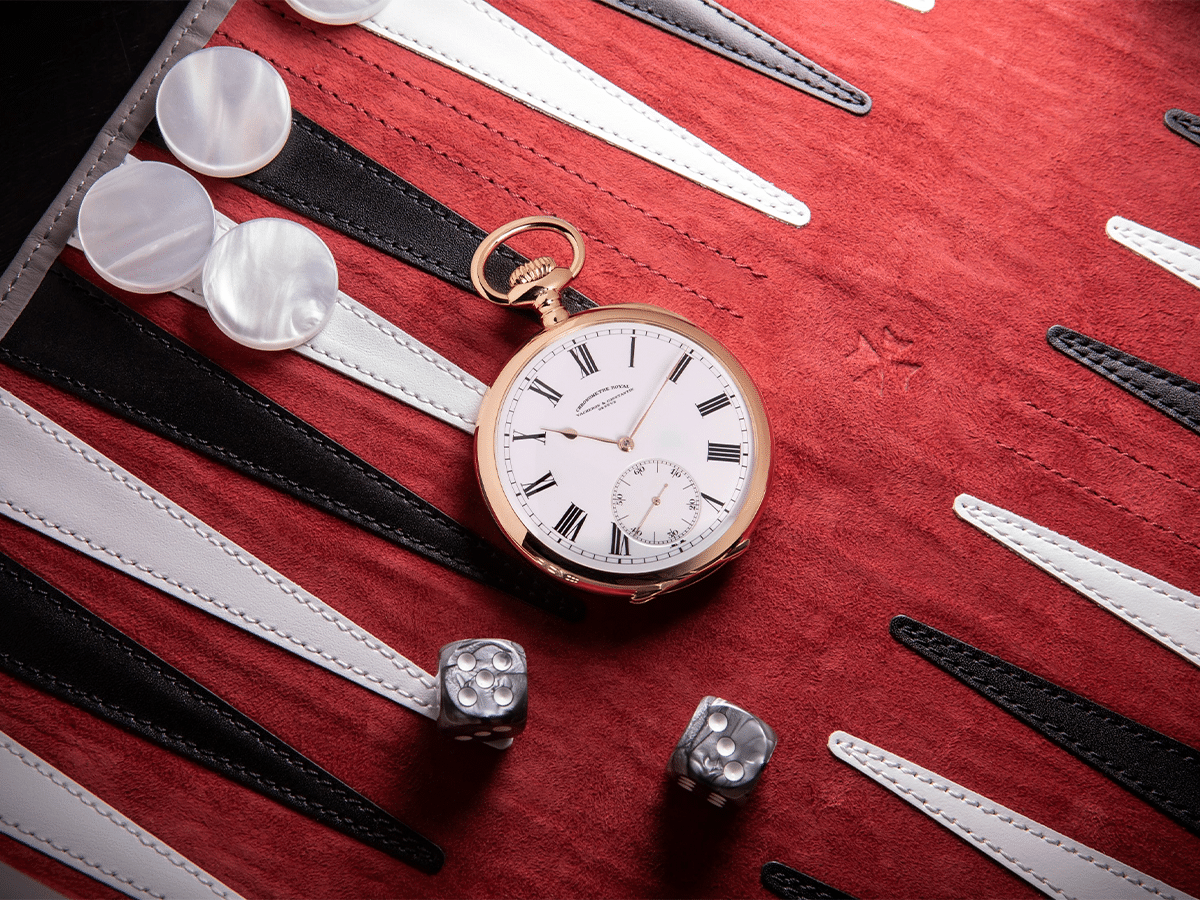
The Royal Treatment
The following year, the brand unveiled the Chronomètre Royal, a spectacular timepiece that built on decades of honing the technology of chronometry. Throughout this time, Vacheron Constantin had received numerous accolades for the performance and reliability of its timepieces, and the Chronomètre Royal represented a new pinnacle for the maison.
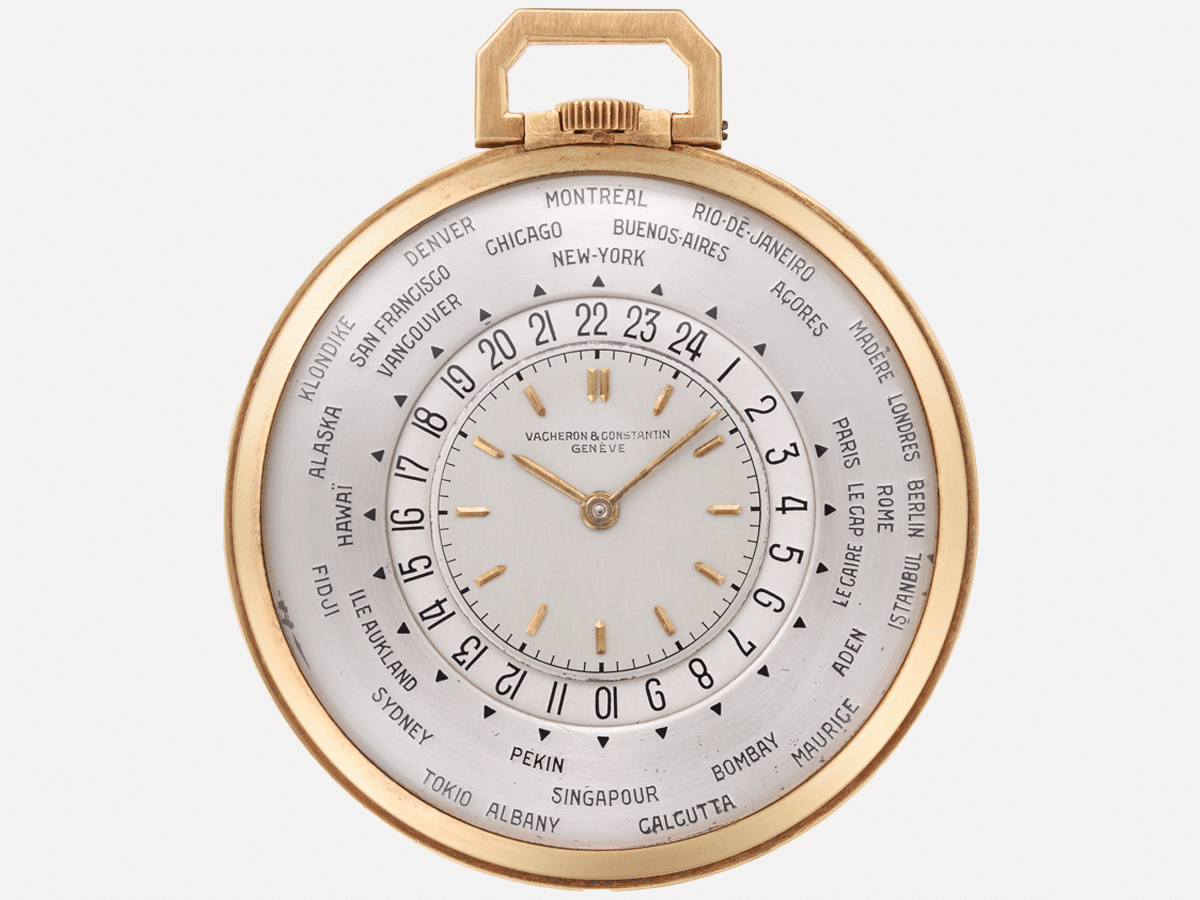
Twenty-five years later, a collaboration with fellow watchmaker Louis Cottier saw the brand elevated further still. It resulted in the first “Cottier system” World Time watch in 1932. This extraordinary timepiece and its new complication (patented in 1931) displayed 24 time zones via a disc that rotated around a central dial, while the external bezel featured the names of 31 major cities from around the world. A truly extraordinary achievement.
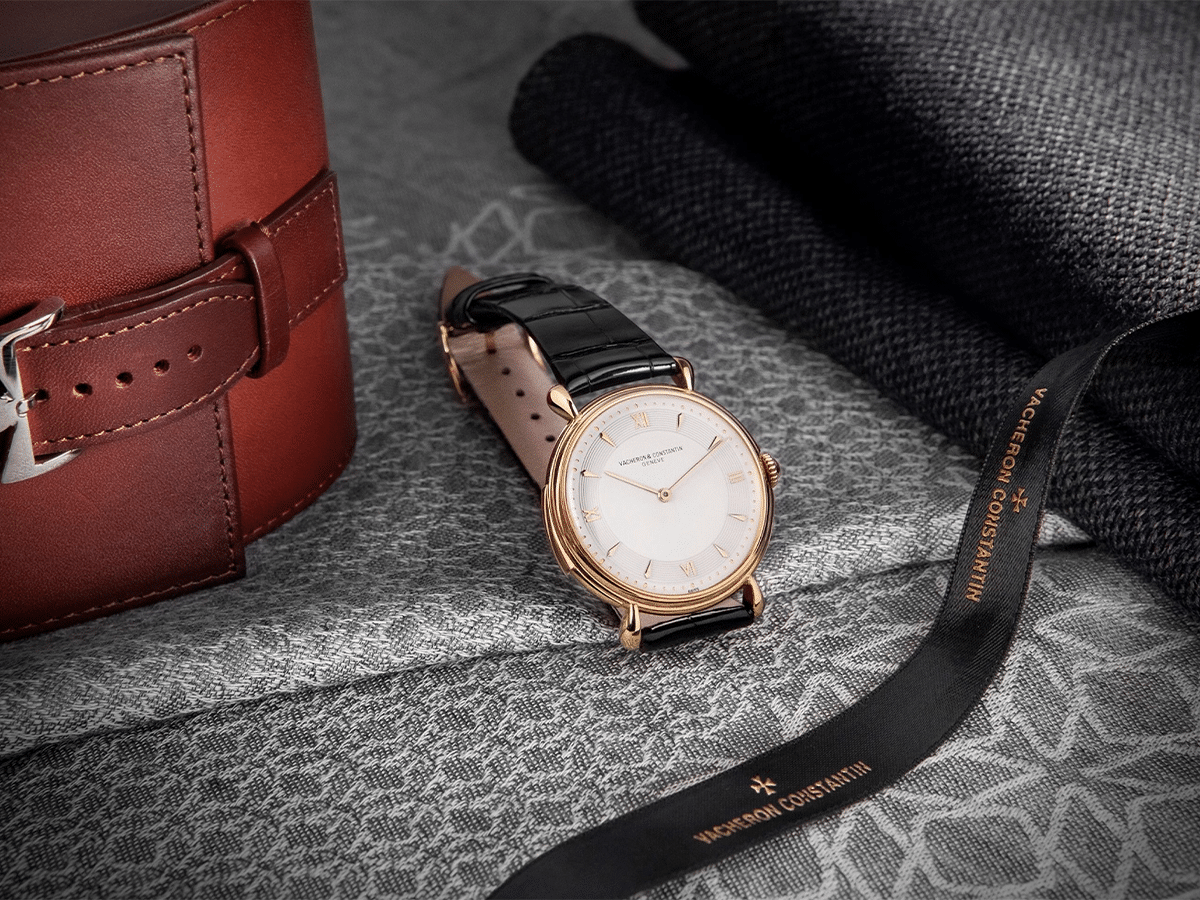
Decades of Milestones
The remainder of the 20th century saw the maison continue from strength to strength. In 1943, a watch simply called Reference 4261, was introduced boasting a minute repeater complication via a record-setting, ultra-thin calibre that measured just 3.2 mm thick. Housed in a case 5.25 mm thick and 36 mm in diameter, it’s one of the timepieces that best embodies Vacheron Constantin’s motto.
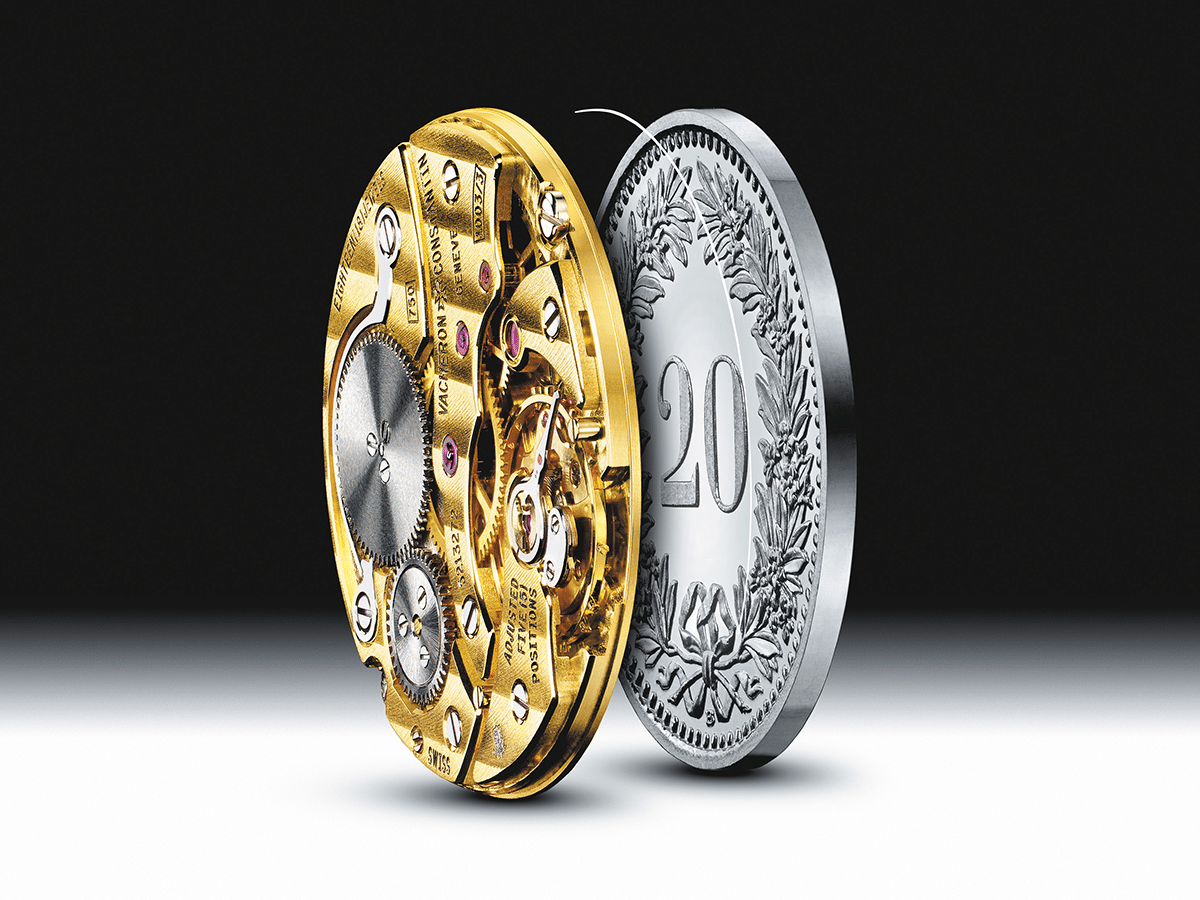
Twelve years later, the maison marked its 1955 bicentenary with a watch boasting a movement that remains one of the thinnest mechanical hand-wound calibres to this day. The 1.64 mm thick Calibre 1003 consisted of 117 pieces and has gone on to become one of Vacheron Constantine’s truly legendary pieces.
By the end of the 20th century, this undisputedly iconic firm had continued to push the horological envelope in a number of disciplines, not least of all was its mastery of skeletonisation. An undertaking of such incredible complexity that only a small number of artisans possess the skill required, Vacheron Constantin’s capacity to produce perpetual calendars and ultra-thin movements with the added difficulty of skeletonisation represents its status as a watchmaker of supreme skill and prestige.
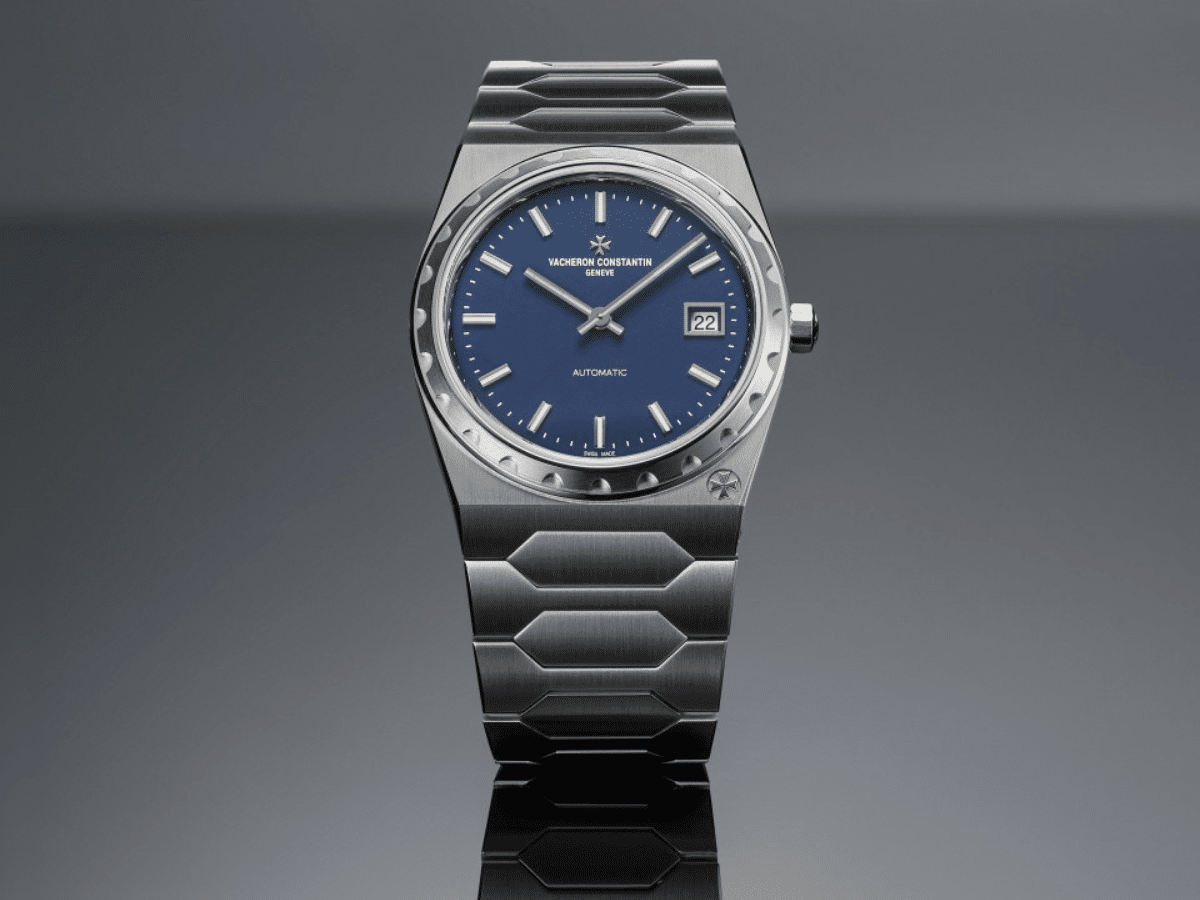
The Quest to Set the Modern Standard
Naturally, a maison of such high esteem couldn’t let an event as significant as its 270th anniversary pass without some form of celebration. As such, 2025 has already seen the arrival of a new addition to the brand’s beloved Historiques collection. This is a watch that we feel entirely comfortable describing as one of the most immaculate timepieces ever to grace the human wrist: the Historiques 222 in stainless steel.
Inspired by an original model from 1977—itself issued to mark the watchmaker’s 222nd anniversary—this timepiece is every inch the modern classic, paying tribute to the brand’s illustrious heritage while simultaneously centring its commitment to progress and betterment.
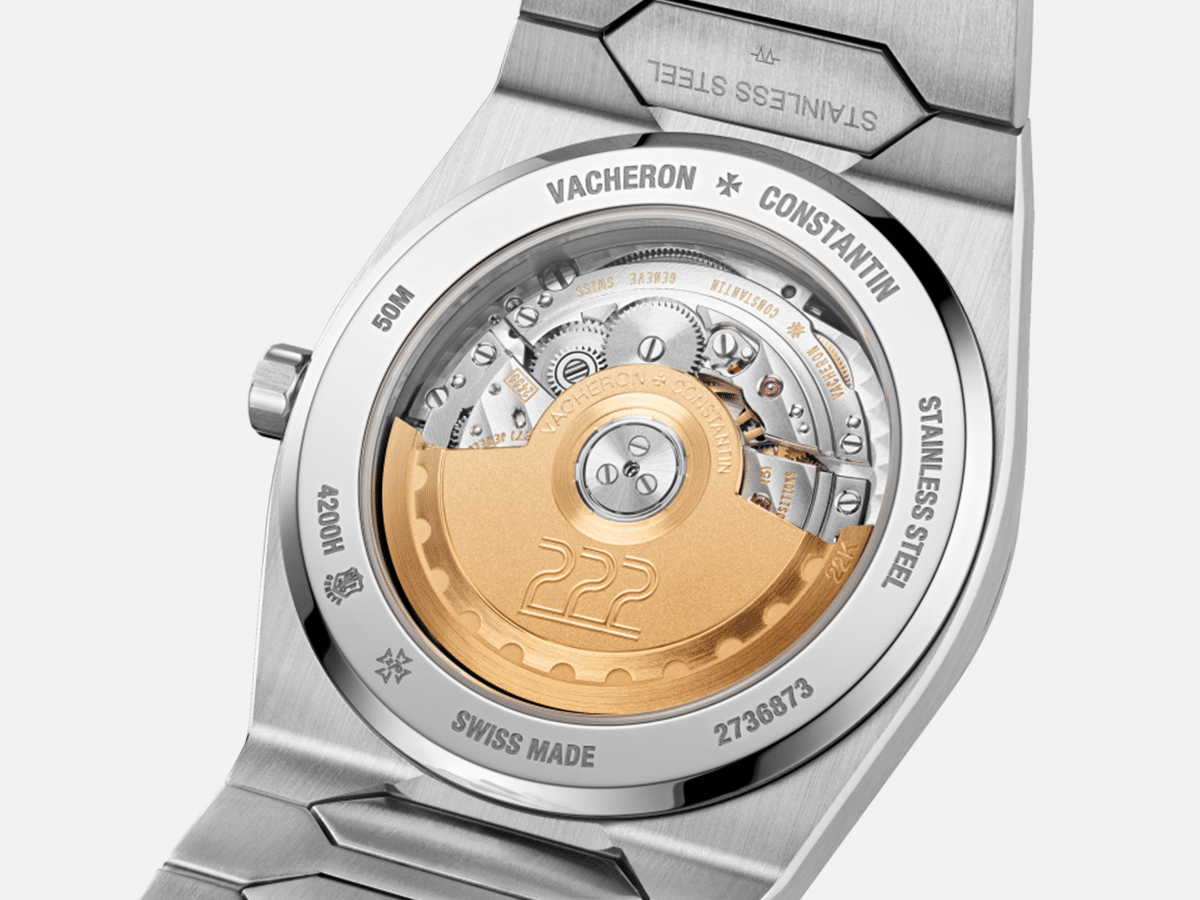
The elegant case, measuring 37 mm in diameter and just 7.95 mm thick, contains the in-house, self-winding calibre 2455/2. Crafted using 22K 3N yellow gold and featuring a dedicated oscillating weight, this movement measures just 3.6mm thick and boasts a 40-hour power reserve. It’s an extraordinary achievement.
The aforementioned oscillating weight is engraved with the original 222 logo and is edged with a fluted motif reminiscent of the watch’s bezel. Further, the 4 Hz (28,800 vibrations per hour) frequency increases the accuracy of the 2.75 Hz original model, a timely demonstration of the maison’s tireless pursuit of improvement.
A signature of the Historiques 222, the unique integrated bracelet enjoys a subtle reworking here. The joints of the bracelet have been elegantly redesigned to hide the visible pins and improve ergonomics, while the bracelet is now fastened with a triple-blade rather than a twin-blade clasp.
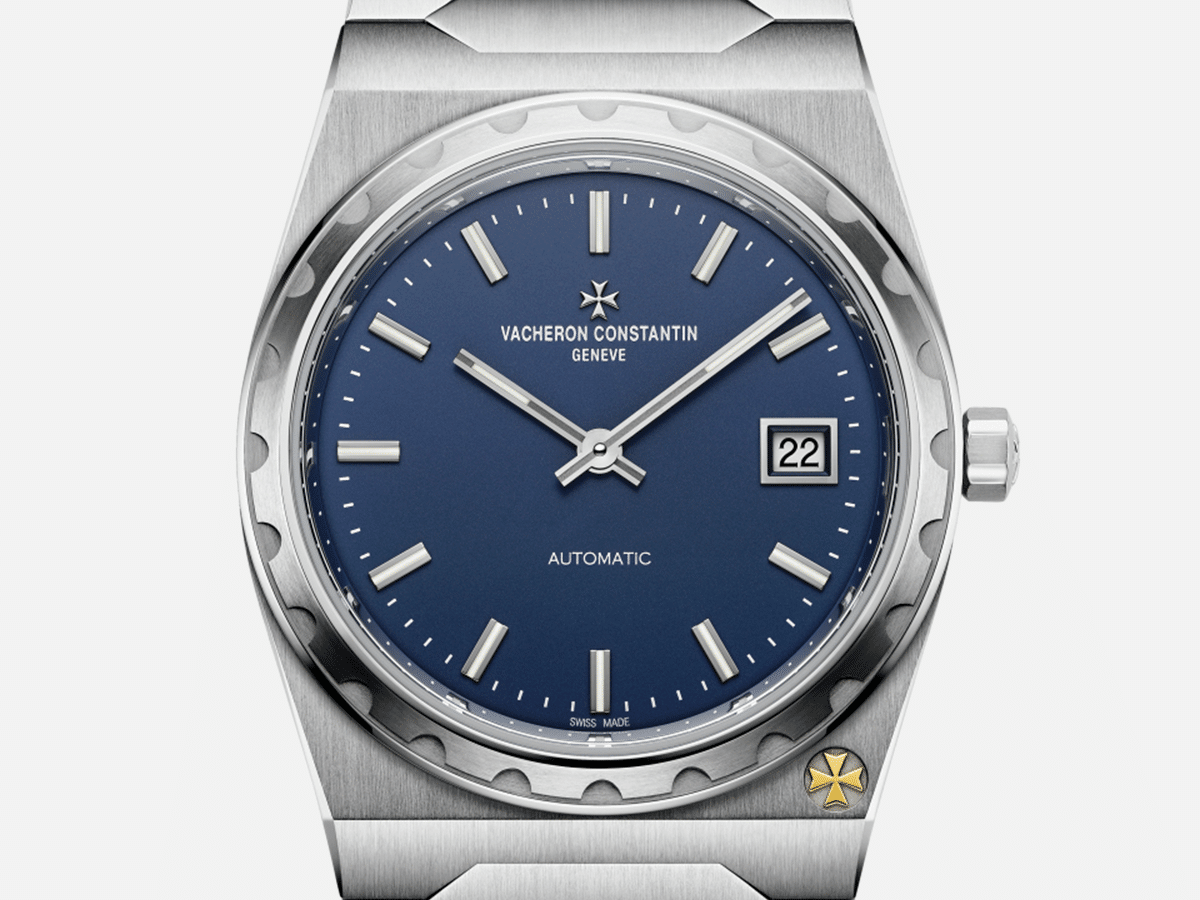
Finally, the dial. While it embraces the classic styling of its forbears (watch lovers everywhere would be deeply disheartened if it didn’t), this timepiece adds touches of the modern. These include Super-LumiNova-coated hands and hour-markers, a combination of vertical satin-brushing and polishing, and a slight repositioning of the date window towards the centre.
As stunning as it is, the Historiques 222 in stainless steel is just the start of Vacheron Constantin’s celebrations for its 270th anniversary. This powerhouse of horology has been surprising and delighting watch lovers for the best part of three centuries, so we’re confident its unwavering commitment to betterment will continue to do so throughout the remainder of 2025 and beyond.



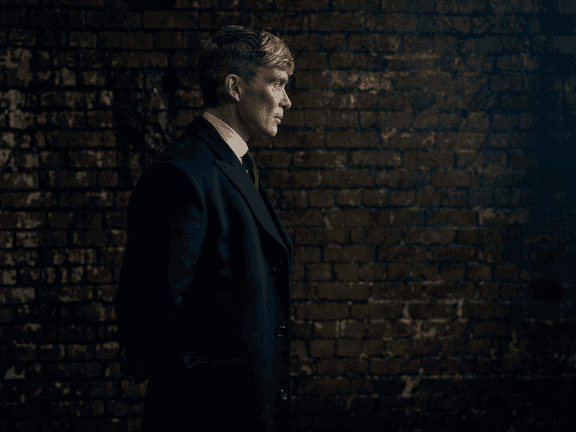


















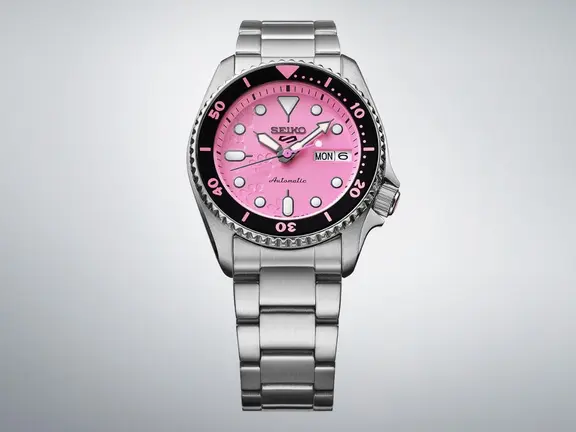











Comments
We love hearing from you. or to leave a comment.